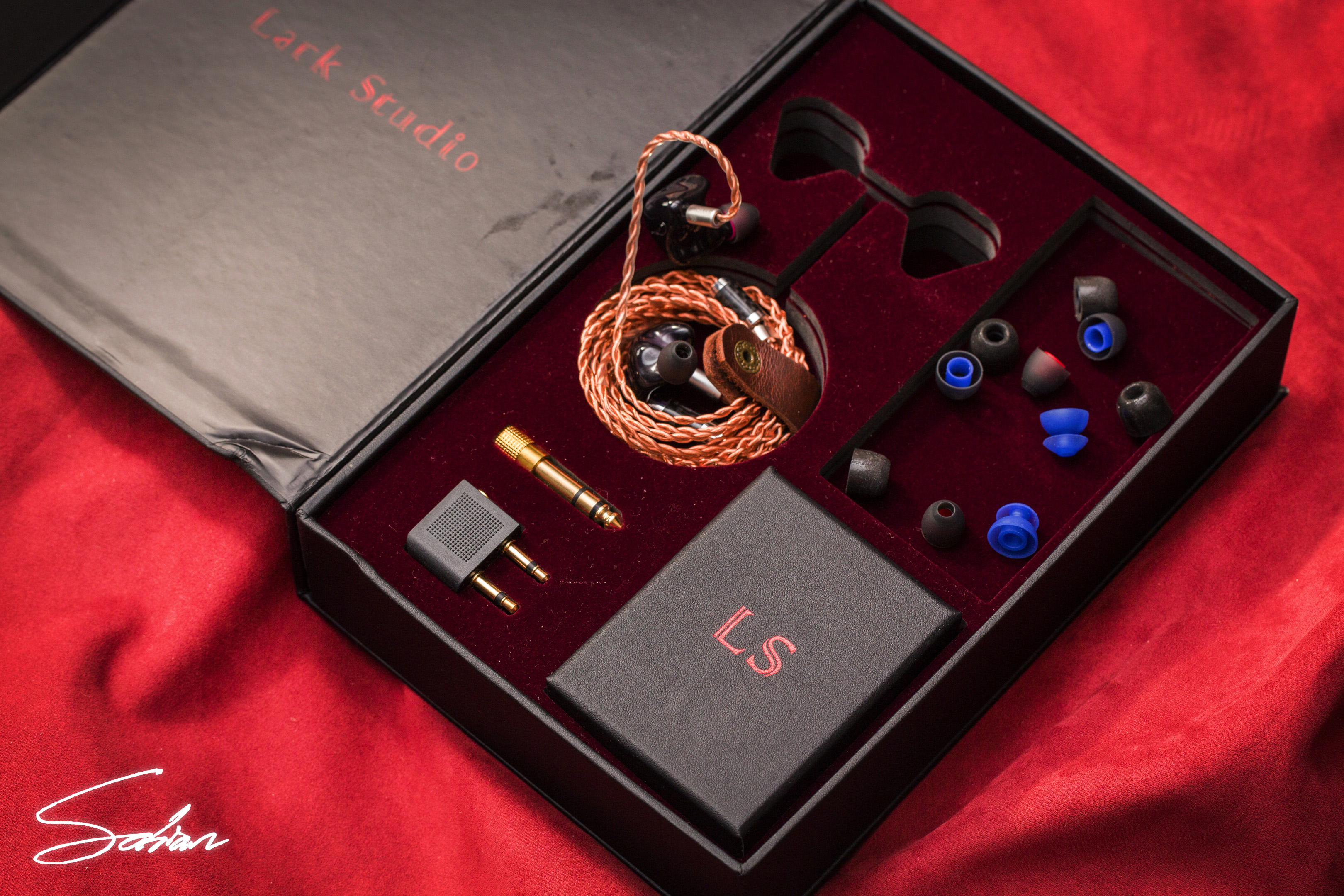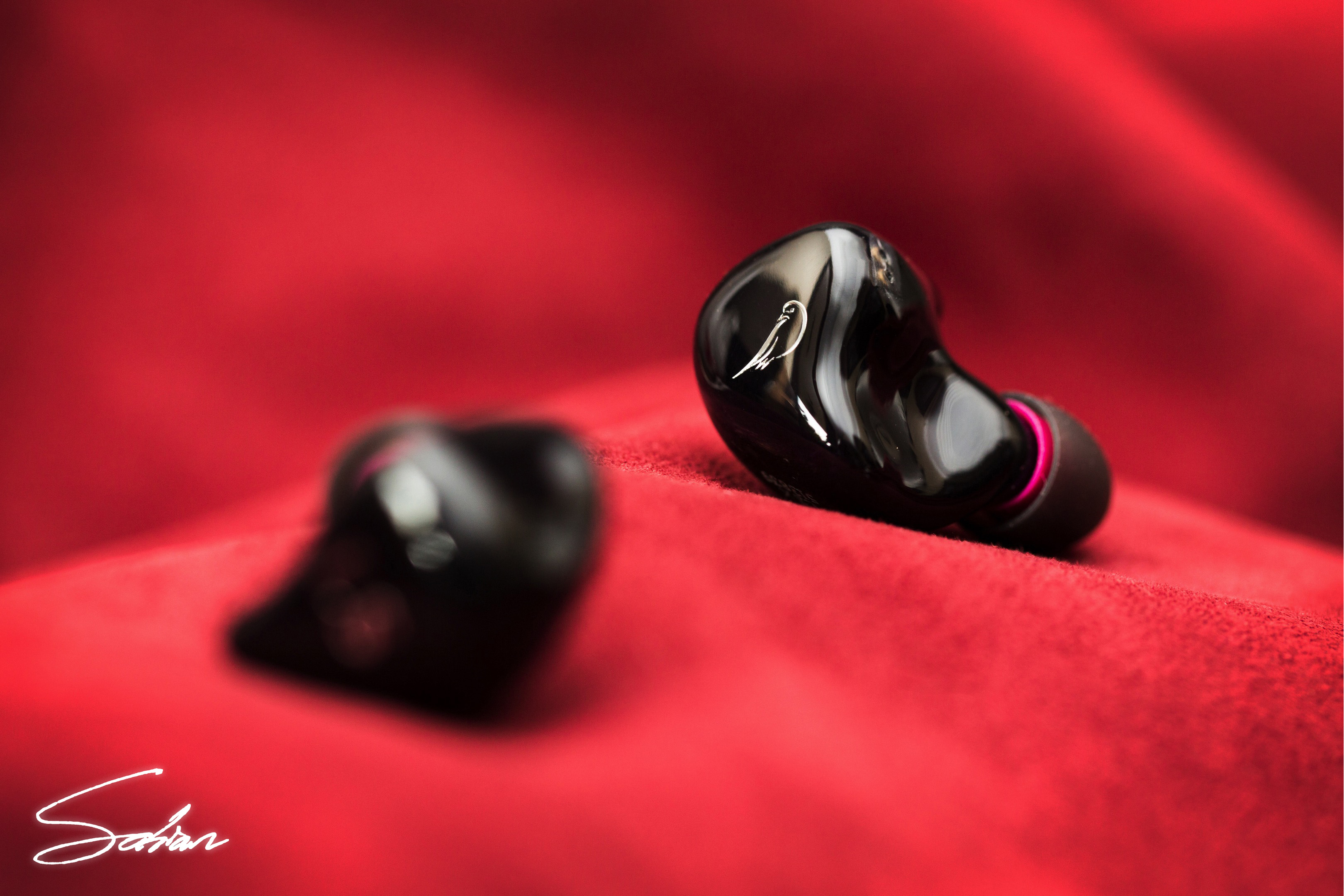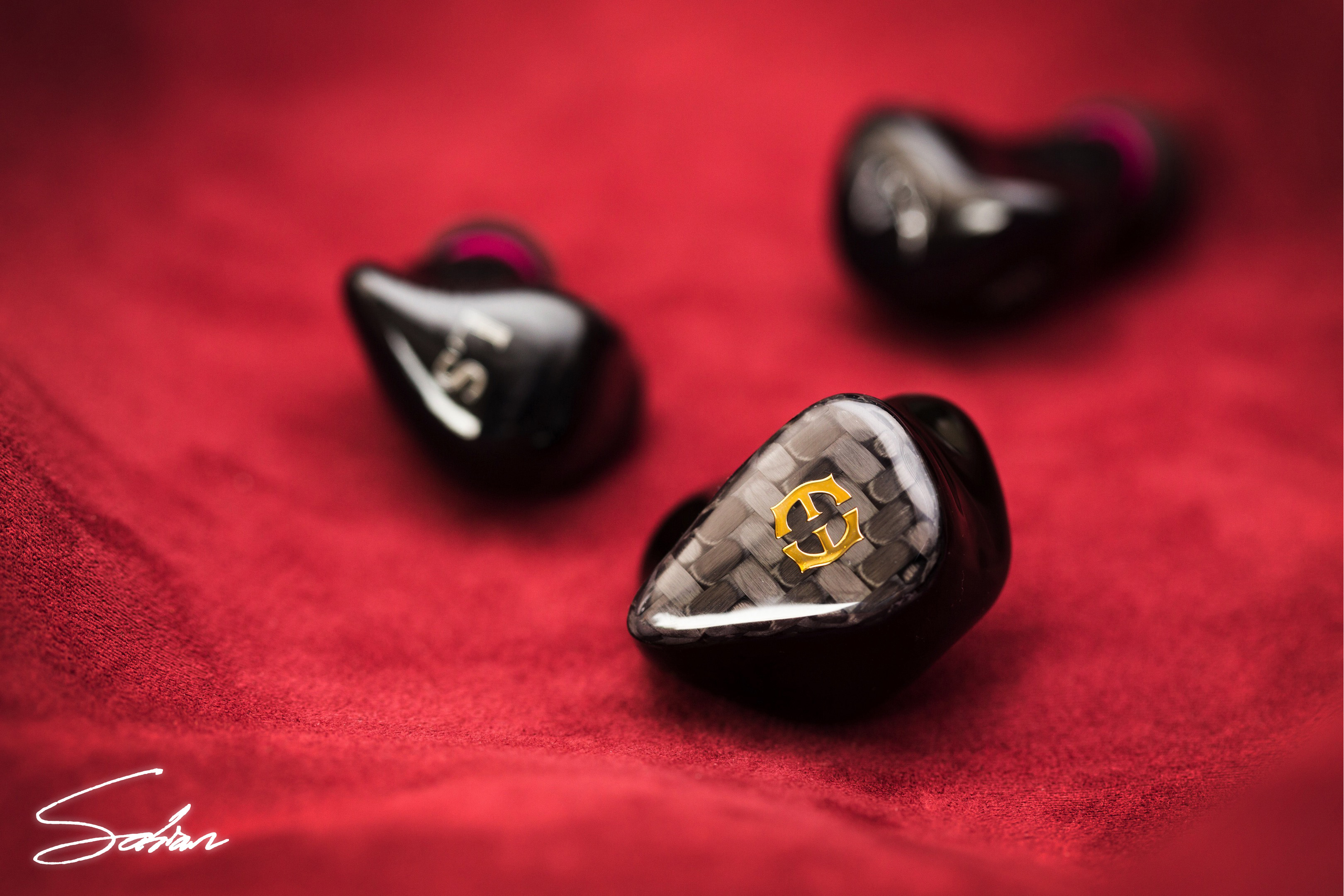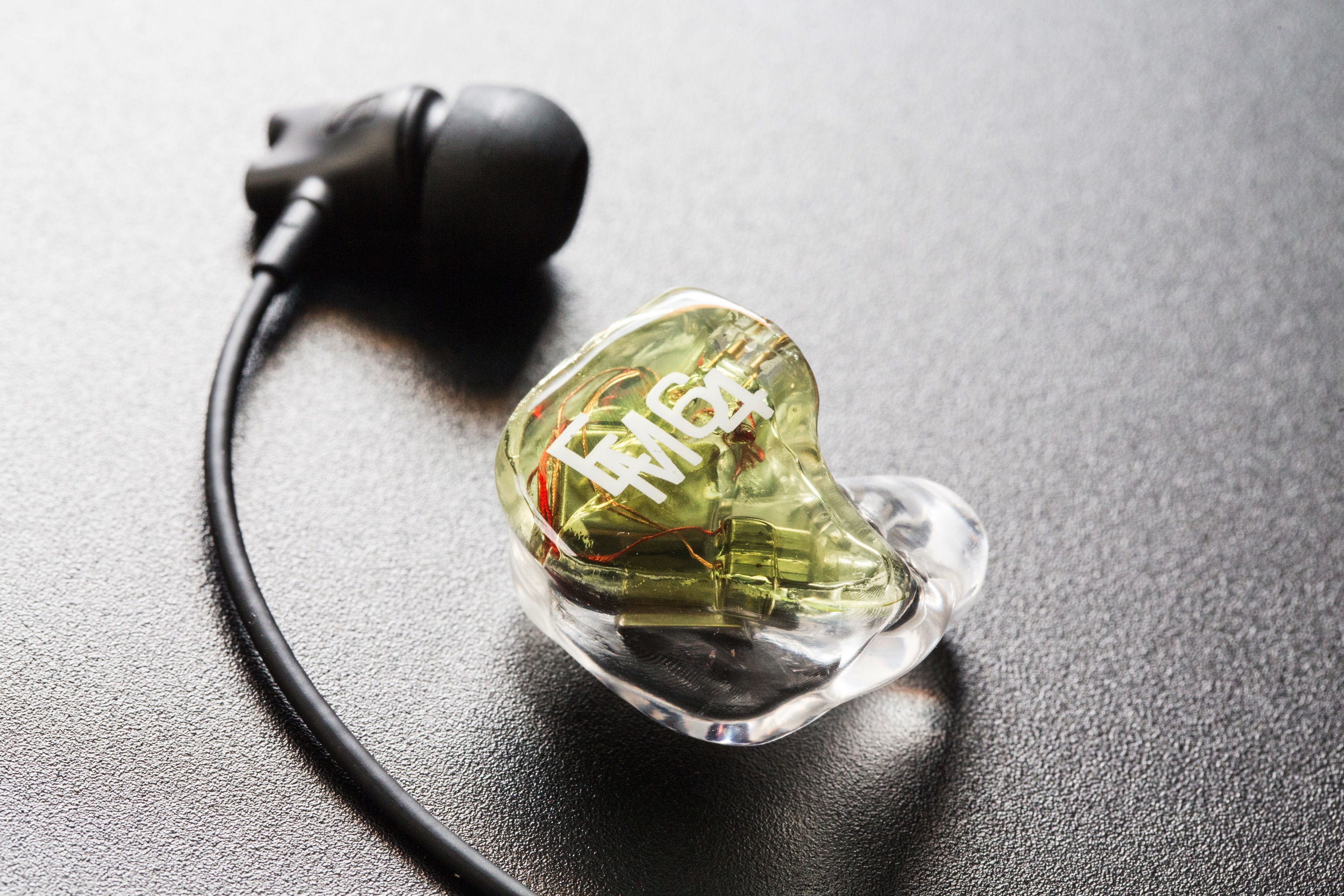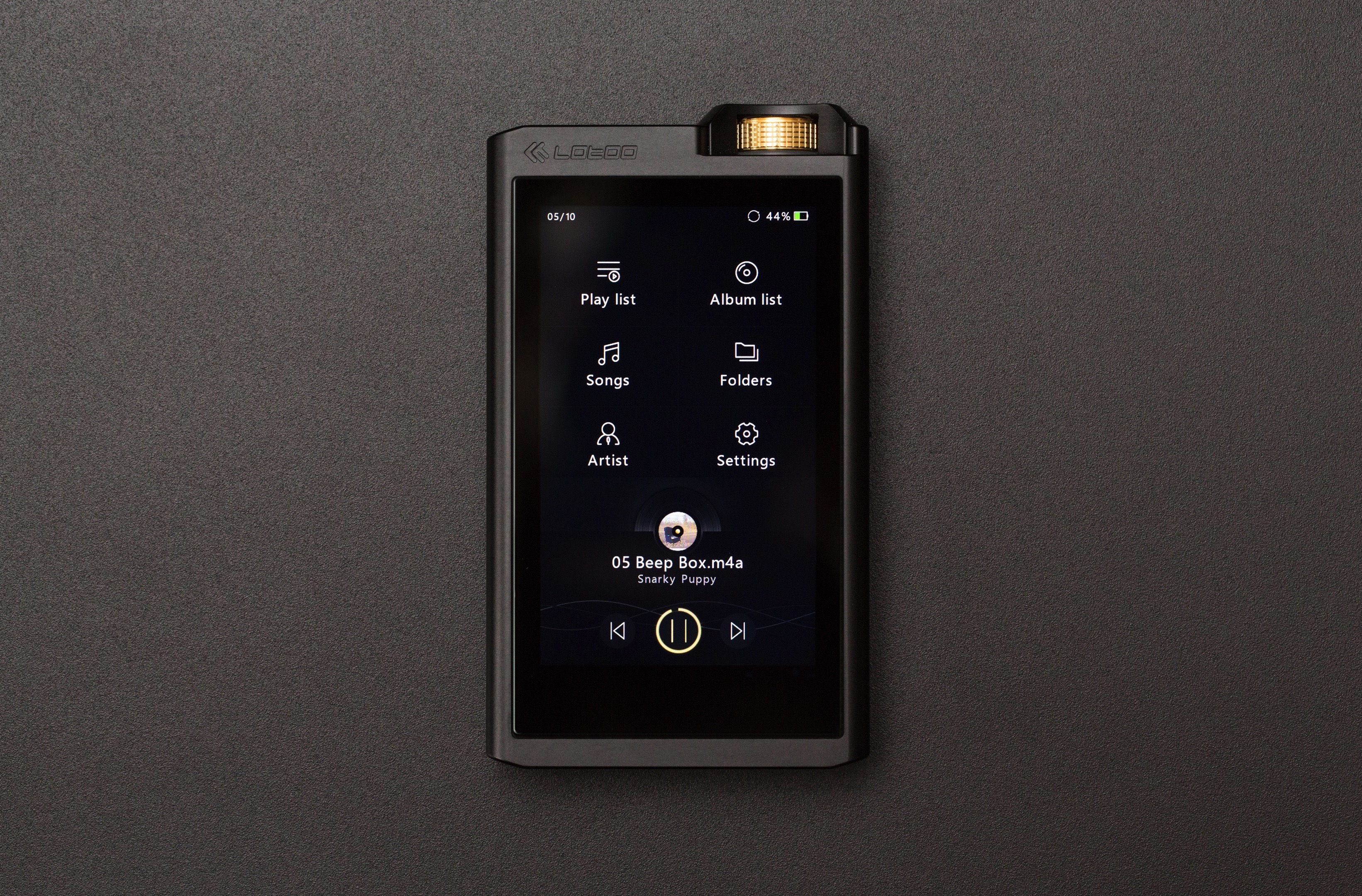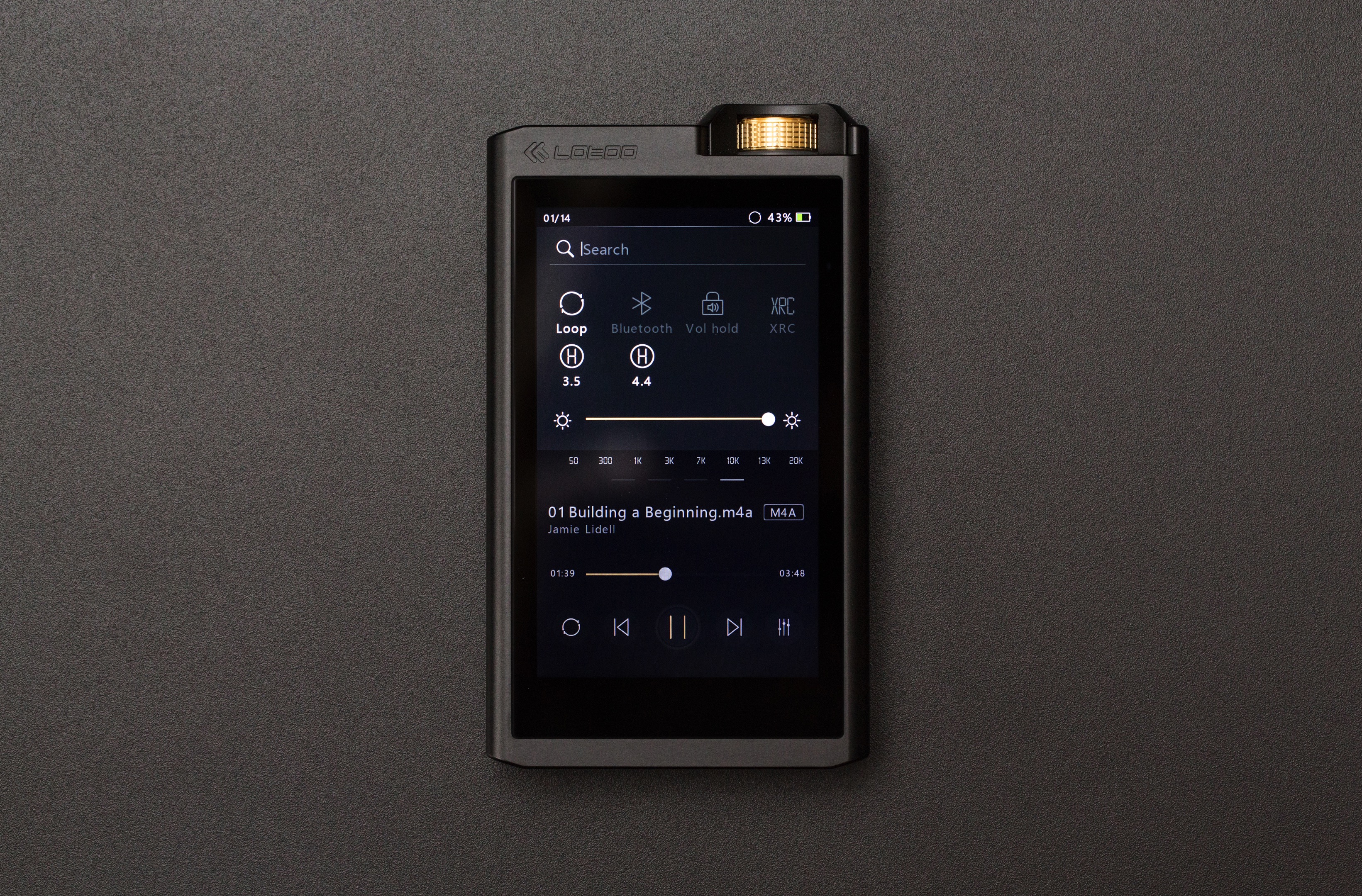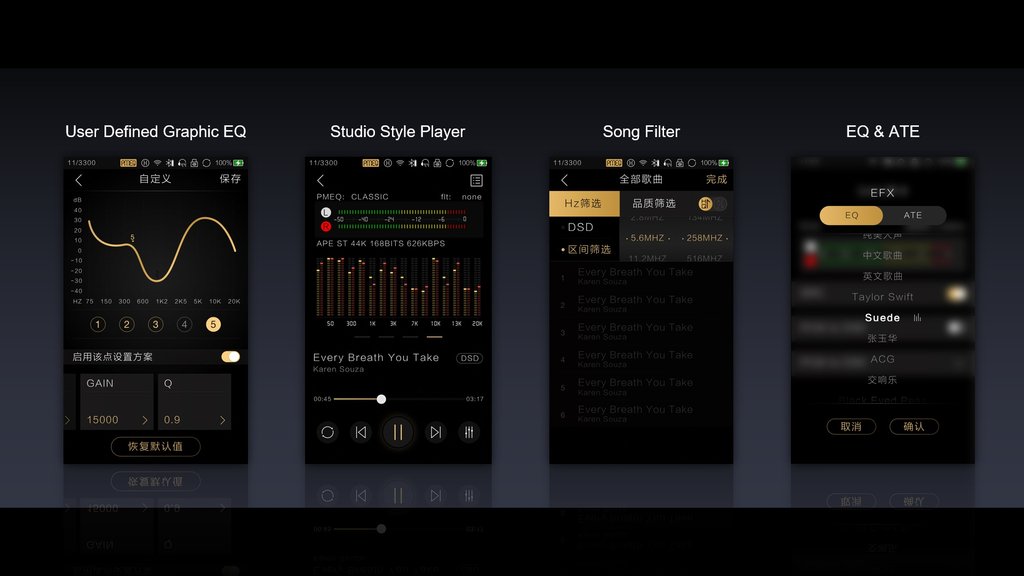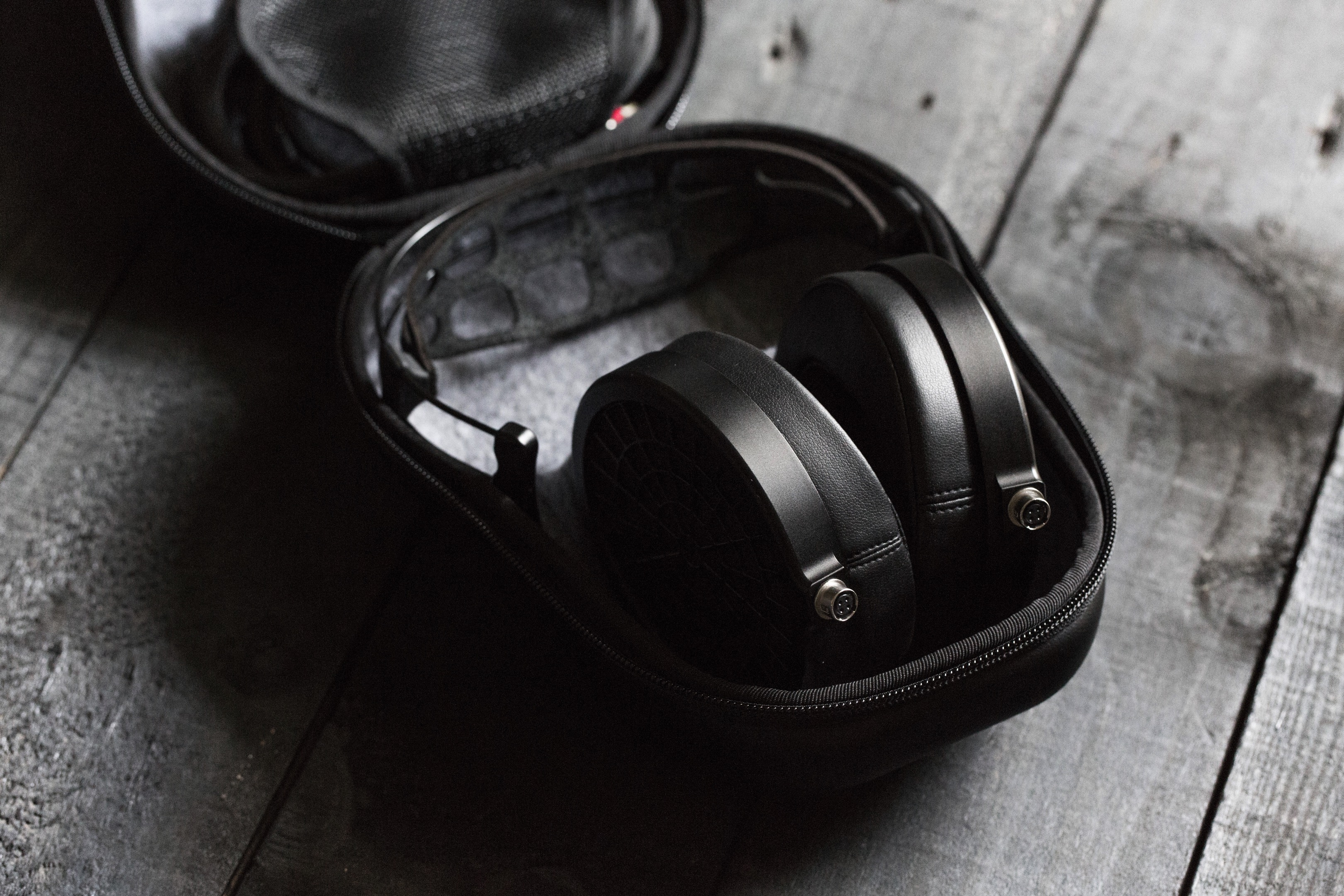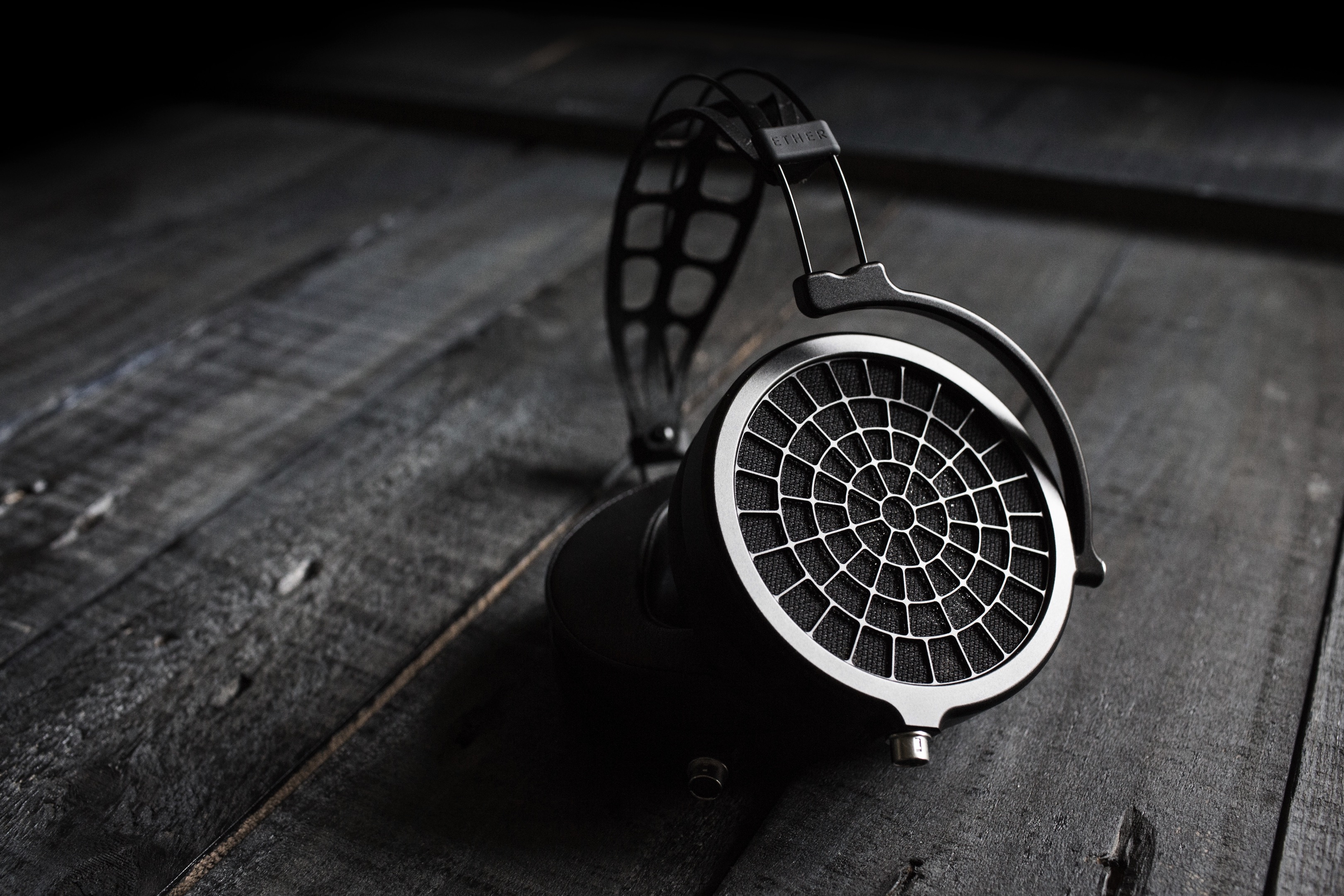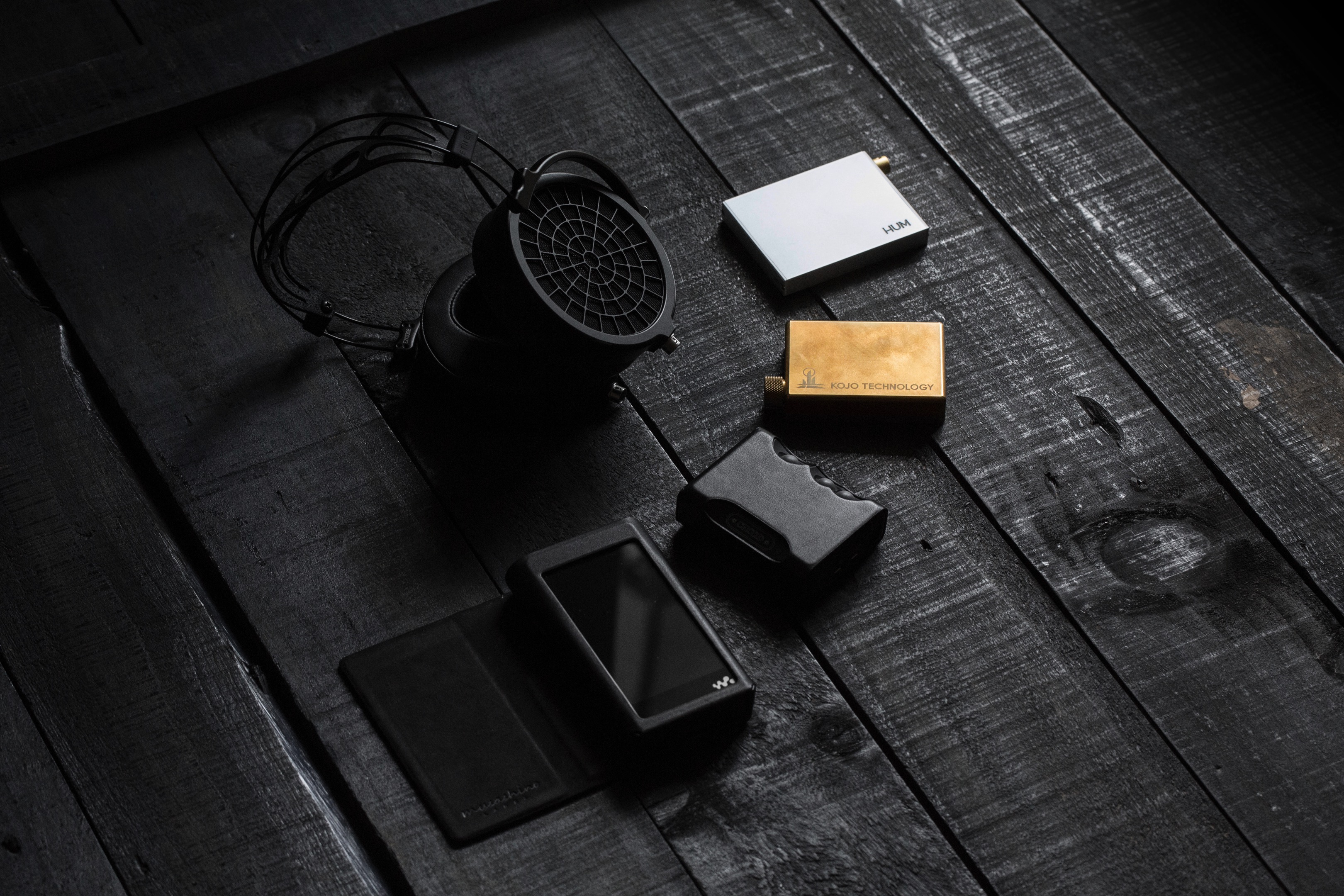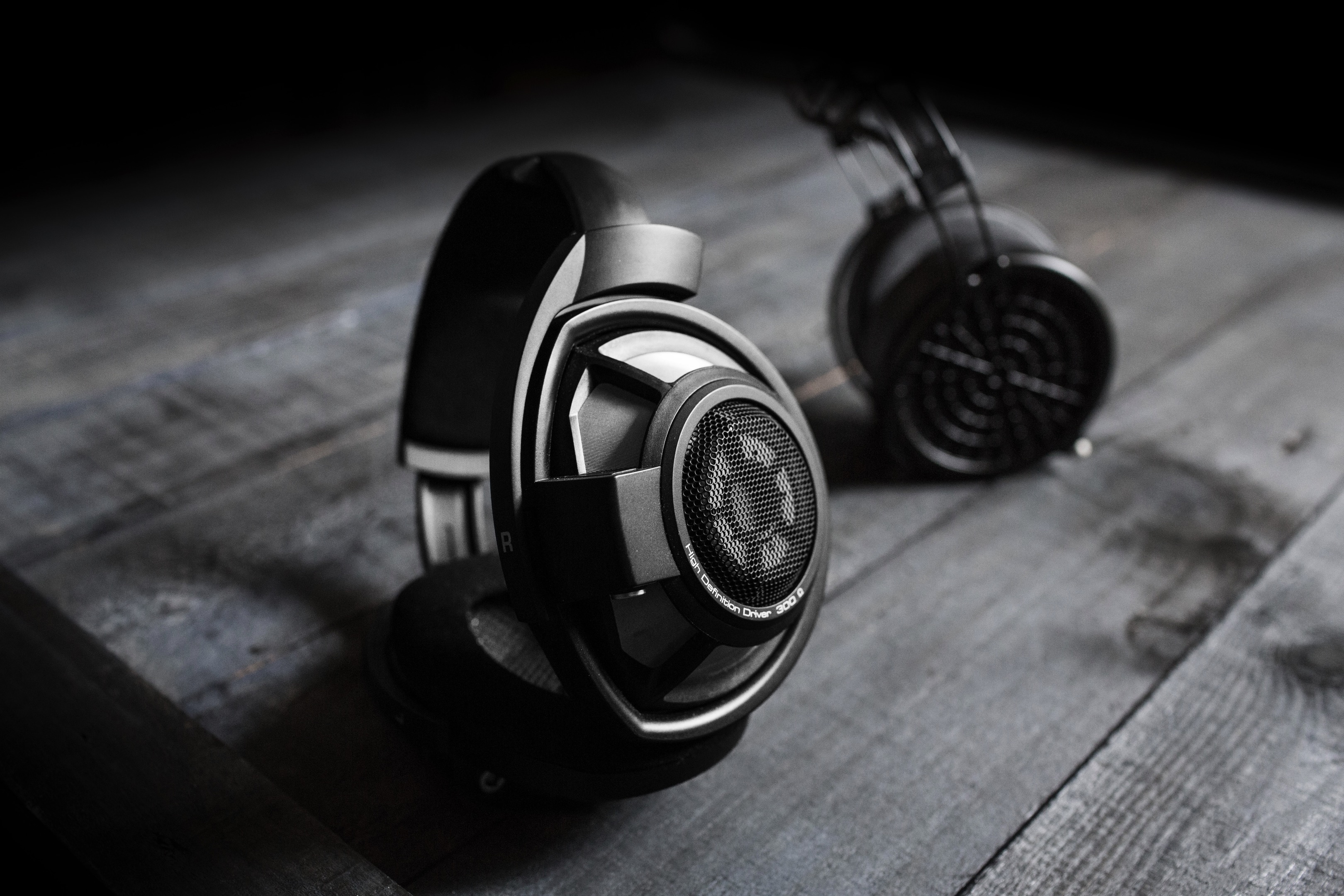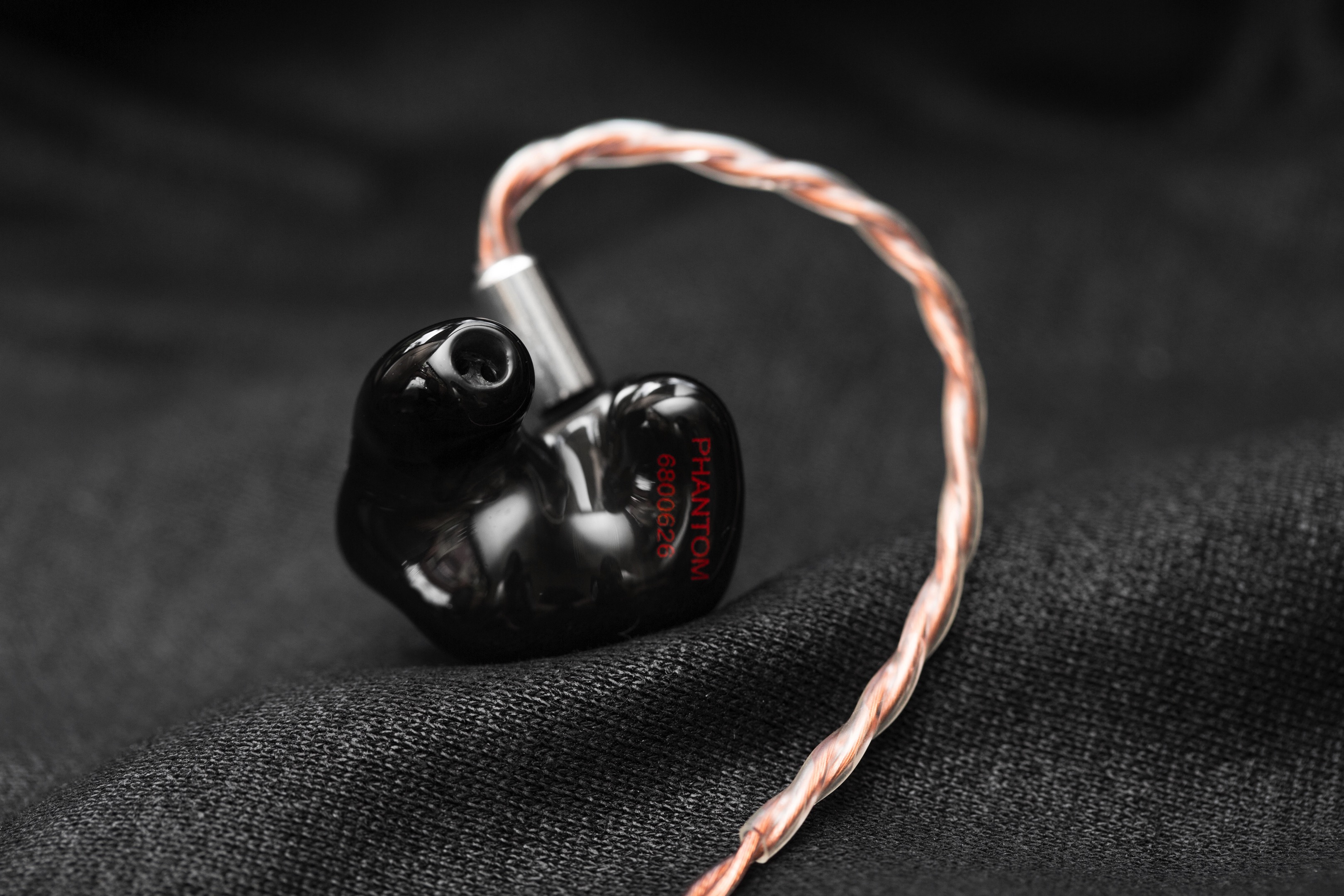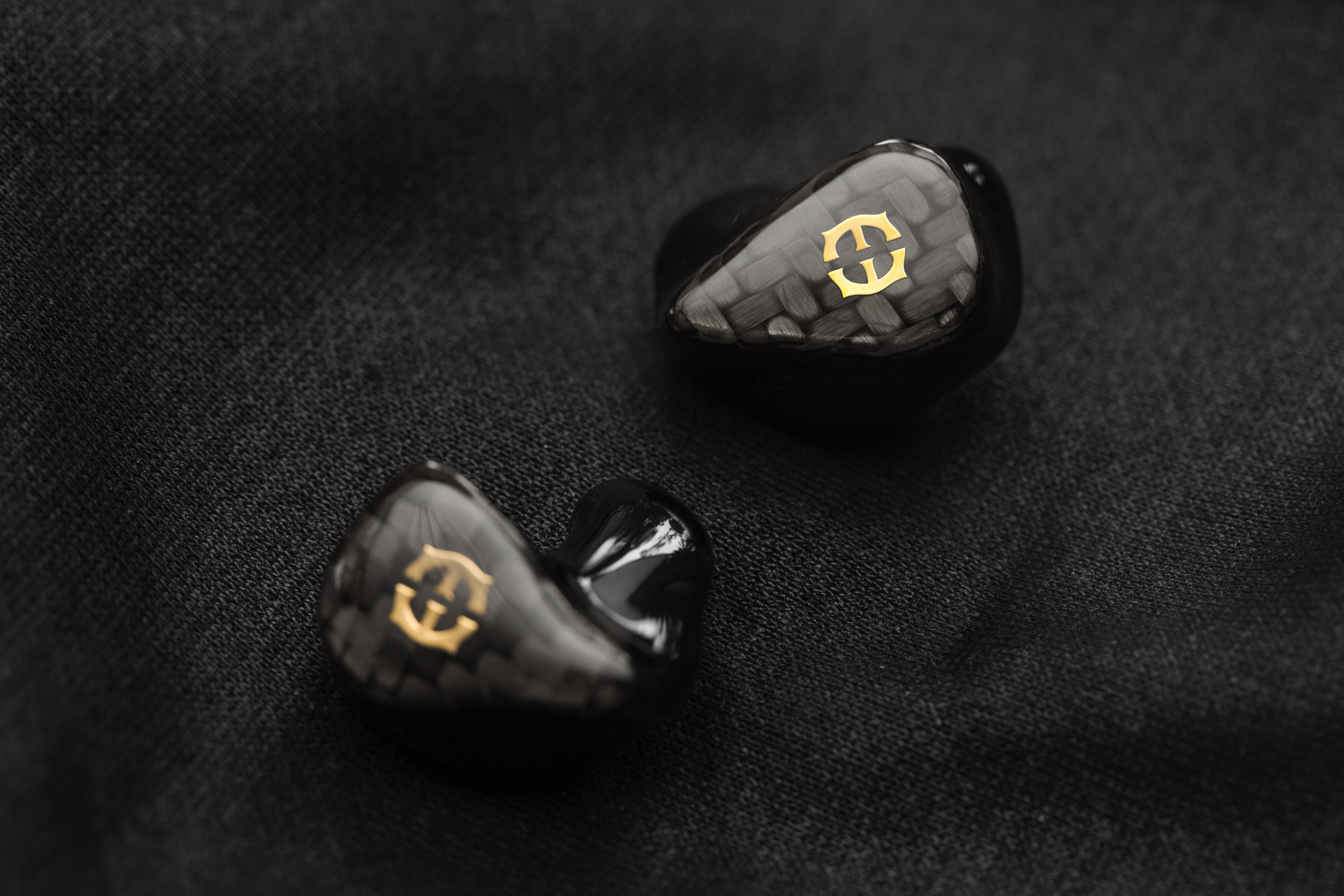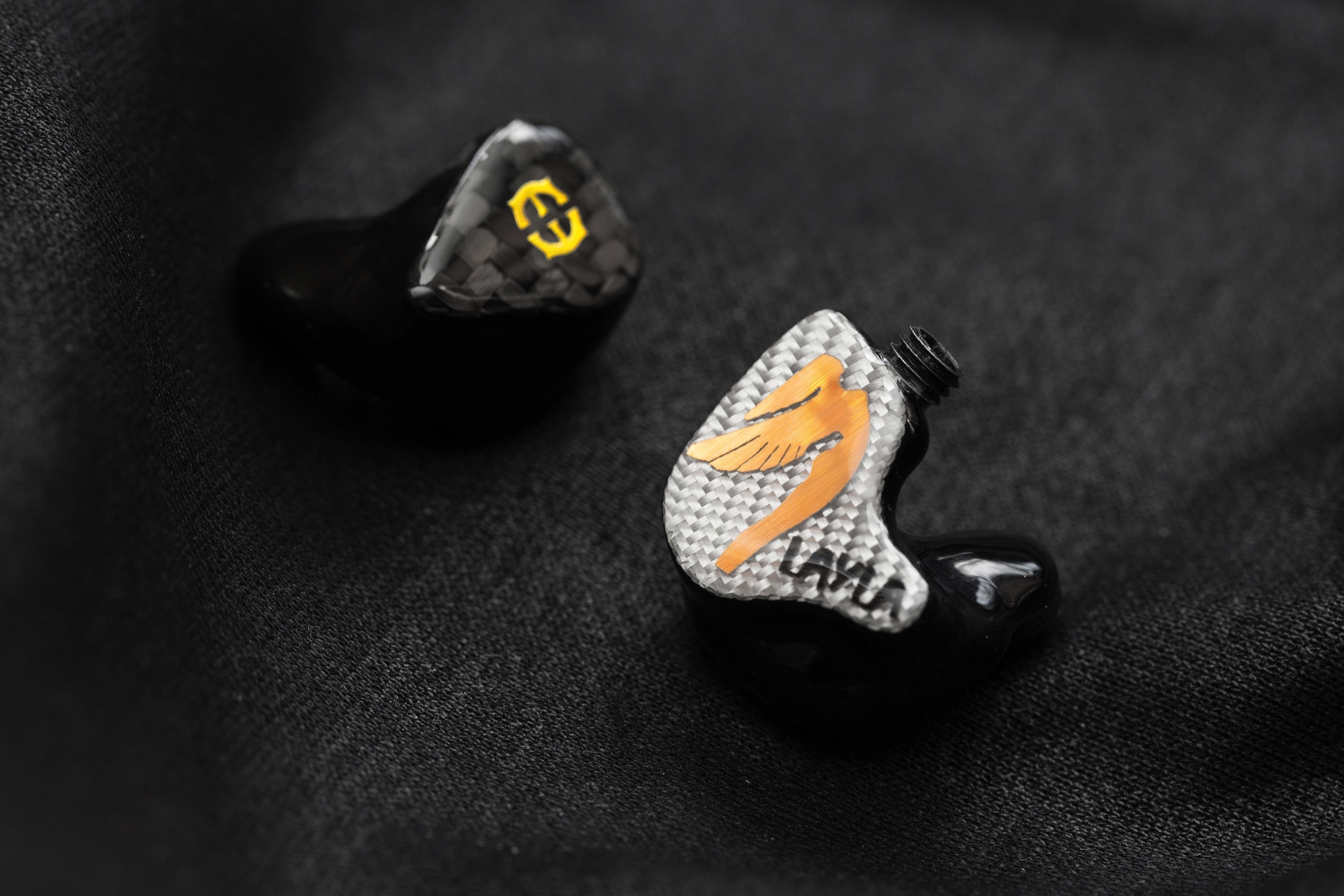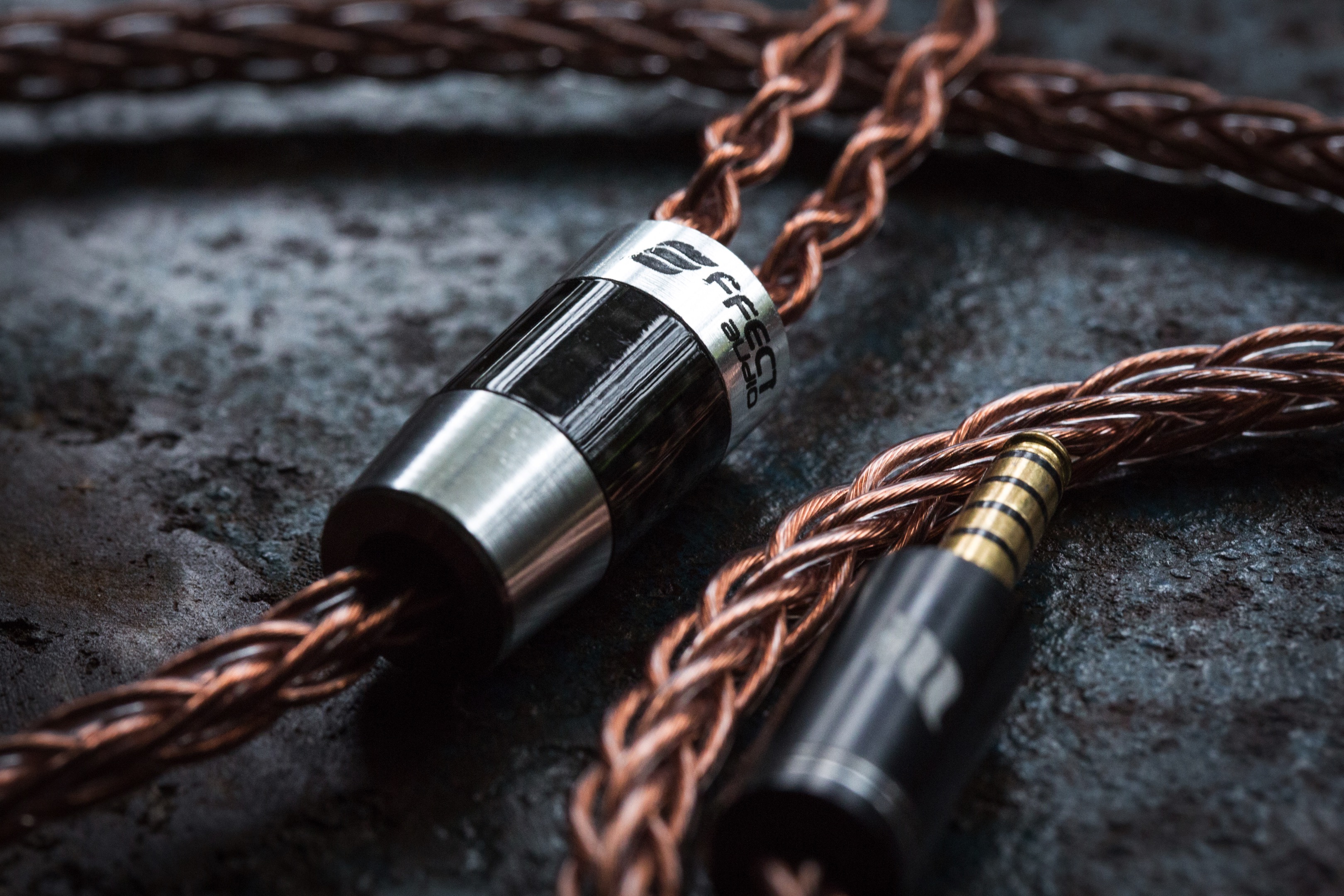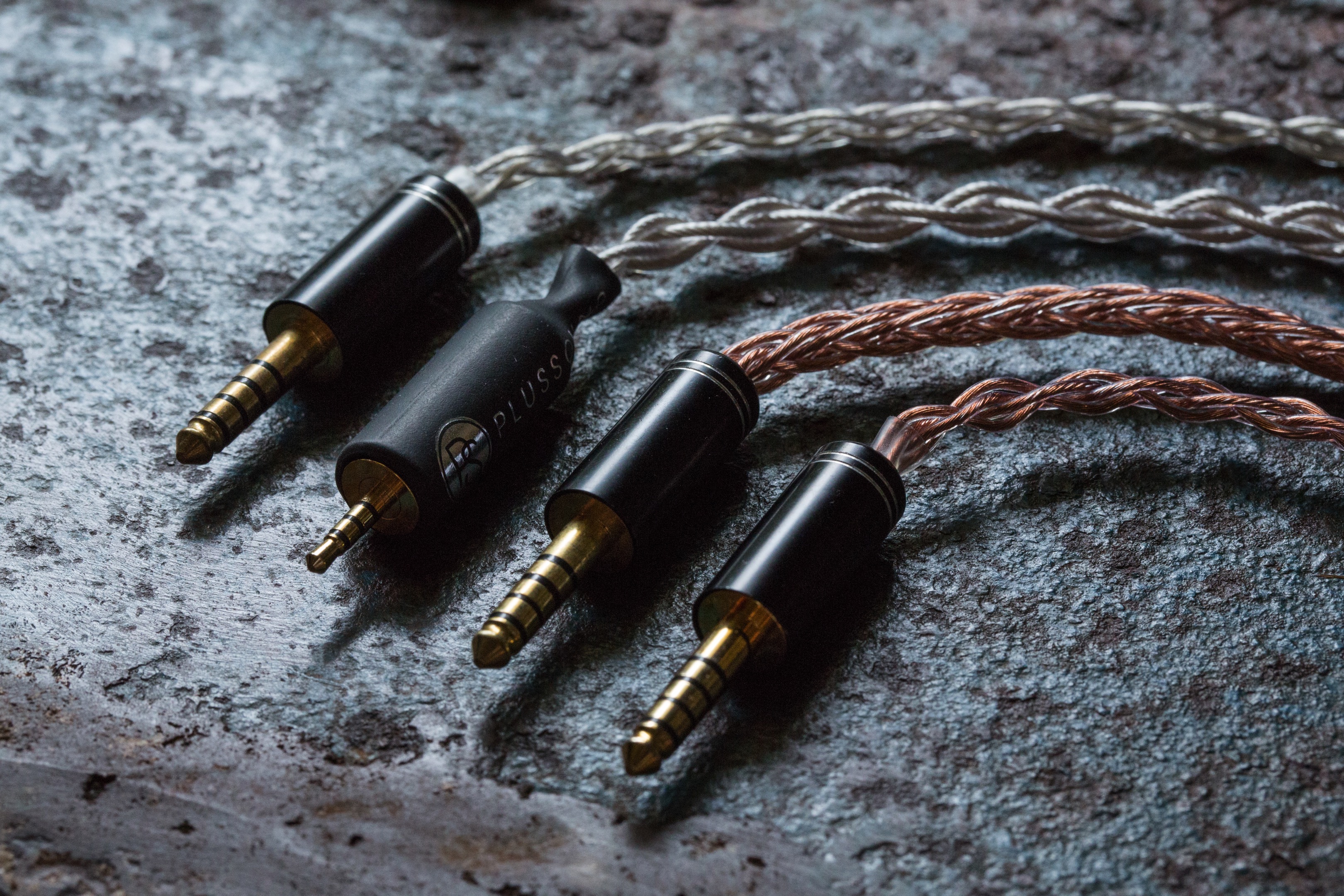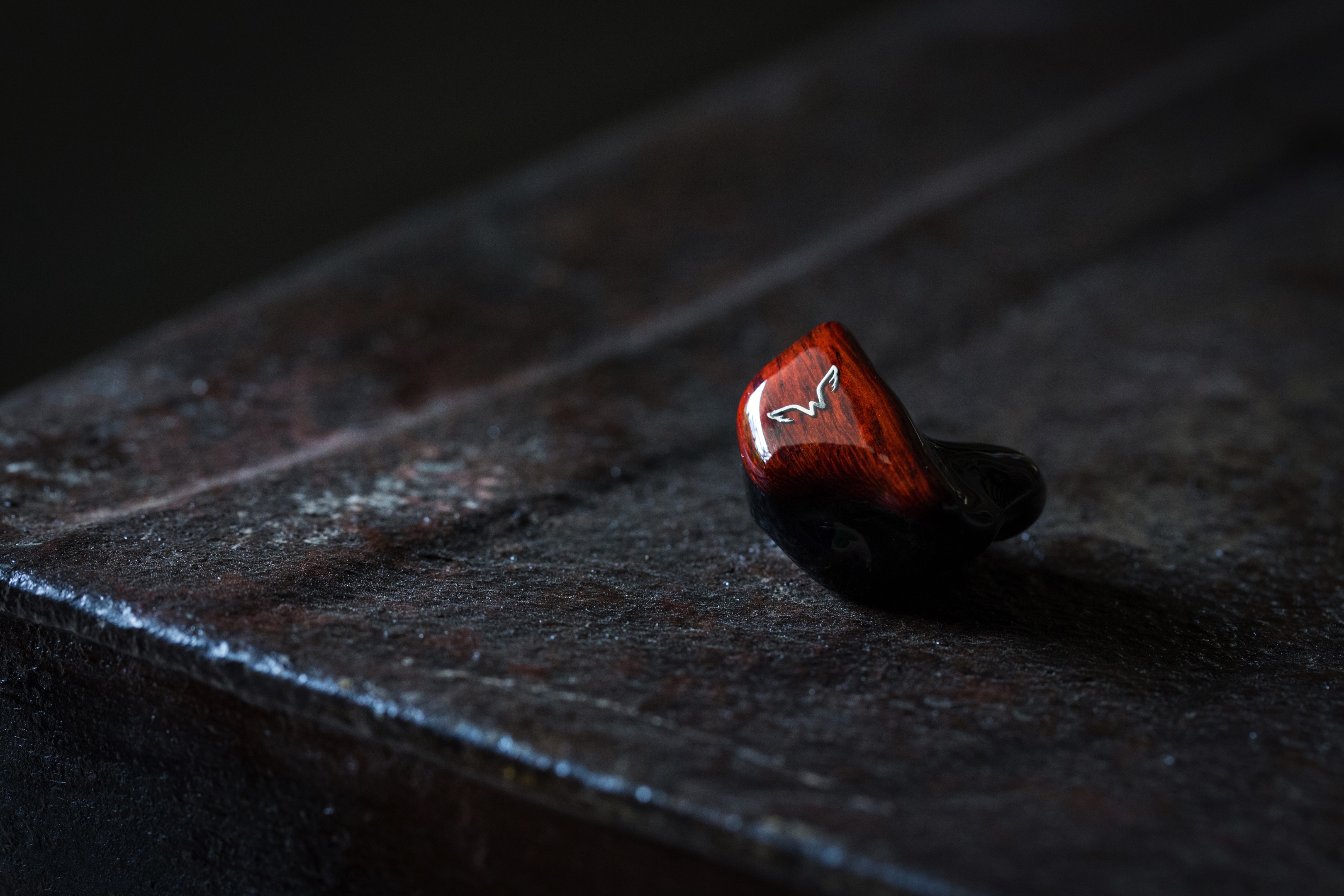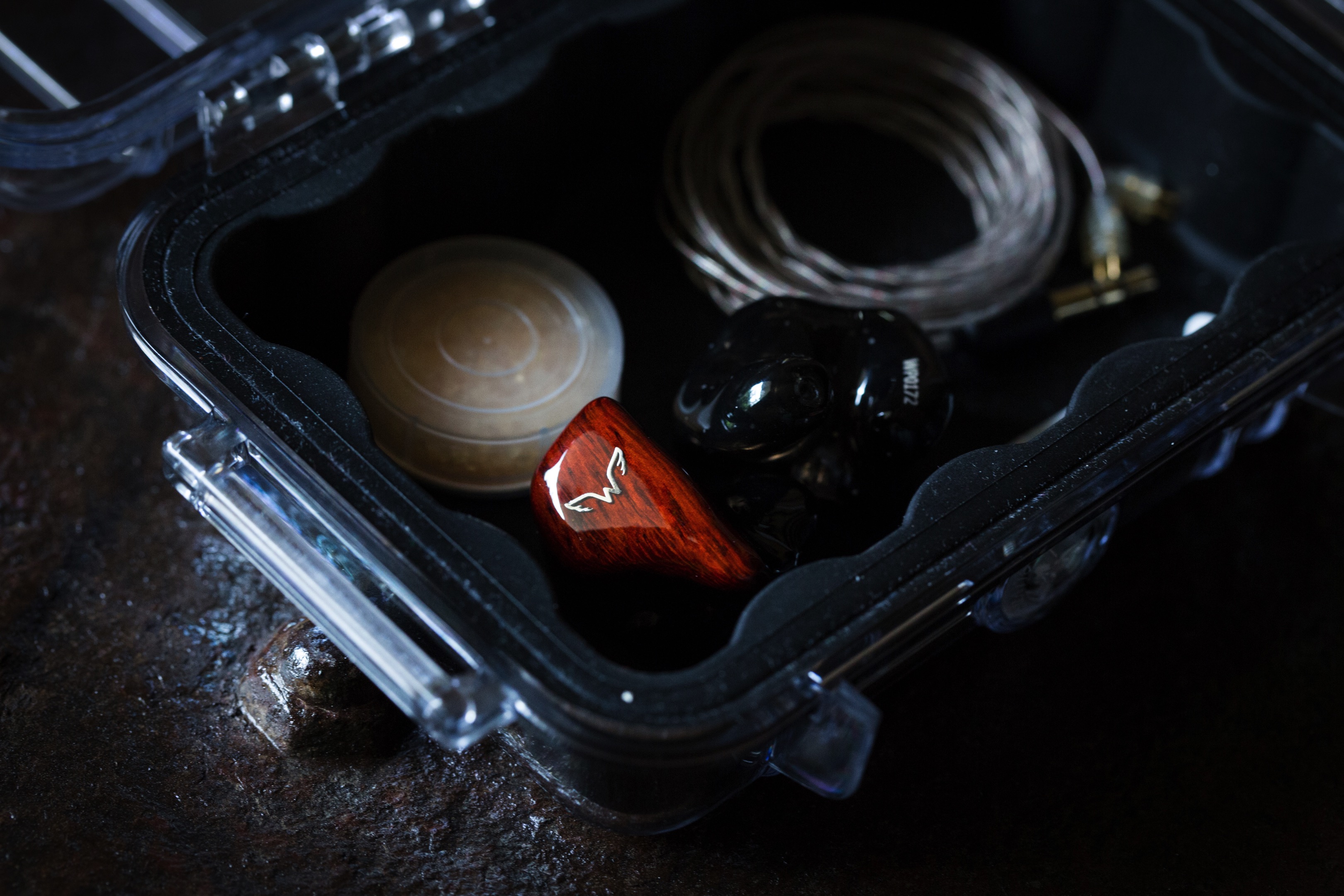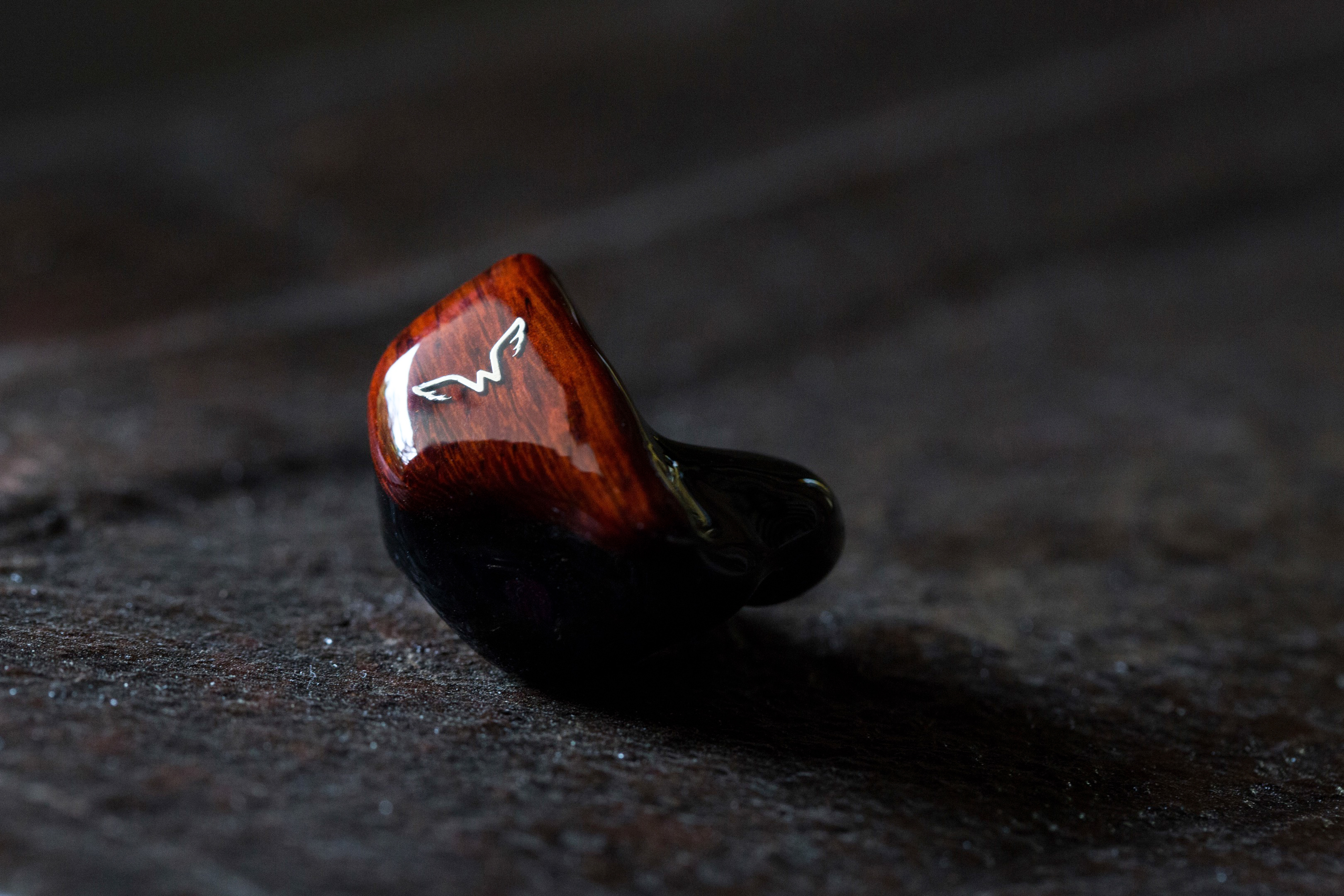DISCLAIMER: Stealth Sonics loaned me the U4 in return for my honest opinion. I will send the unit back following the review. I am not personally affiliated with the company in any way, nor do I receive any monetary rewards for a positive evaluation. I’d like to Stealth Sonics for their kindness and support. The review is as follows.
Stealth Sonics is a Singaporean in-ear manufacturer that’s been gaining more and more attention the past couple years. Although they probably aren’t the first names you’d think of when you think Singapore, they have been garnering tons of positive responses through artist endorsements, region-wide loaner programs and appearances at CanJam, where I first encountered their brand. Today, I’ll be reviewing their 4-driver universal U4, as well as taking you behind Stealth Sonics’ myriad of in-house technologies that’ve made their monitors as pleasing, musical and technically-proficient as they are.

Stealth Sonics U4
Build and Accessories
Stealth Sonics’ packaging is impressively mature; resembling something a seasoned veteran of the trade would put out. The outer sleeve is covered all-round with hi-res images. I’m particularly impressed by the glossy accents they’ve dotted throughout the matte artwork, which wonderfully accents text, as well as sections of photos like the faceplates. It really adds three-dimensionality and dynamism, which tend to be underrated in packaging and presentation. Underneath the sleeve is the main box, which is lined with a gorgeous, silken carbon fibre and the Stealth Sonics logo embossed on top.

Unfolding the box via a magnetic latch, you’re greeted by the in-ear monitors and a carrying case – neatly organised and recessed within foam cut-outs – as well as a Thank You card in a pocket to the side. Next to the in-ears, you have an extra pair of blue, chrome-finished faceplates that you can swap the default ones out for to achieve a different aesthetic. The included zipper case is lined with faux leather; robust, but very light. This makes it more ideal for on-the-go use than the heavier, metallic-infused cases I’ve experienced in the past. And, its size allows it to house at least two pairs of IEMs too.

Inside the case are the included accessories. In total, you get 7 pairs of tips, which include silicone tips, foam tips and bi-flange tips. You also get airline and 1/4″ adapters. In addition to that is an extra cable with an in-line microphone for use with mobile devices. And finally, you also get a microfibre cloth and a smaller soft pouch for light storage of the in-ears. Now this is what I call an accessories package! I absolutely admire Stealth Sonics for going all out here, while others’d typically consider it an afterthought. The competition should take notes, because they’ve knocked it out of the park.

The in-ears themselves are very robustly built. Between the almost-rubber-like shell, the blue inlay and the faceplate, the layers are seamlessly flush with zero wiggle, sharp edges or adhesive traces. Stealth Kompozit makes the shells softer to the touch, which’ll make it more resistant from bumps or scratches. It also congeals to the ear quicker than acrylic does. The U4’s striking, sci-fi aesthetic may not be for everyone. Personally, I think it’s unique in a very good way. Again, if you wish to, you can always swap out the carbon-fibre faceplates for the chrome-finished blue ones with the included tool.

The earpieces sit comfortably and securely in my ears. The smooth, rounded shape allows the U4 to distribute pressure very equally throughout the ear. But, it’s worth keeping in mind that these are rather shallow-fitting in-ears. If you tend to find it difficult to achieve a seal with shallower in-ears, you may have to resort to using the bi-flange tips. But, all in all, Stealth Sonics have excelled when it comes to presentation, accessories and build. Even at this price tier, they’ve packed in a plethora of goodies with stunning attention-to-detail, and I’d love to see nothing more than for others to follow suit.
Stealth Sonics’ Wealth of Tech
On their website and marketing, Stealth Sonics feature a staggering amount of proprietary technologies, which include innovations toward acoustic design and shell durability. Stealth Sonics generously gave me the opportunity to speak to their head engineer about what all this tech was, and how they contributed towards the U4’s. Here’s what he had to say:
IsoStealth

"Isolation is basically the key thing in sound, especially in lower frequencies. So, if you don’t have isolation, you lose that. You don’t get to enjoy all the lower-end of the spectrum.
So, what we did was, we took an average of people’s ear impressions. This was possible thanks to our sister company, My Ears, who’ve been taking impressions for a very long time. We used those statistics and data to find one standard deviation – which is roughly 67% of the population – and have our product’s size and shape adhere to that.
We especially focused on the outer pinna; the part where the IEM actually goes into the ear and sits on the lobe. We wanted it sealed as much as possible. The data (demographic) that we had were mostly Western with a little bit of Asia as well. So, we designed the shell according to that. The whole idea behind it is if we were able to seal the pinna as much as possible, we would be able to achieve incremental isolation of 10dB, and that’s a lot."
SonicFlo

"While IsoStealth takes care of the lower frequencies in terms of isolation, SonicFlo takes care of the higher frequencies. As we all know, the drivers in IEMs pump out sound through tubes. These tubes carry that energy into your eardrums and that turns into sound.
But, if you pump that energy through your average, circular tubes, you don’t get to hear the higher harmonics. Why? It’s because of principles called resonance and cancellation. For example, whenever a sound engineer goes to a concert hall, they try to make sure no surface reflects equally. Because, if they do, one of two things will happen: Resonance or cancellation. You’ll lose out on some of that sound energy.
So, that’s precisely the idea behind SonicFlo. We use asymmetrical sound tubes to pump the air or sound through. Because there’s a lack of reflection now, the higher harmonics – the hi-hats, triangles – don’t get muddied out and disappear, so you do get that feeling of, “Wow, I’m hearing everything.” This will not affect the low frequencies, because the amplitude isn’t big enough. So, the lows won’t be affected by these asymmetrical tubes."
Klarity Valve

"The Klarity Valve promises to ease discomfort. How? In our ear, pressure is balanced via our outer ear and the Eustachian tube. Every once in a while, your body will equalise that pressure. Now, when you have an IEM or an earbud in your ear, the drivers are pumping air into your ear, which builds up pressure over time. What the Klarity Valve does is it allows that pressure to escape through the IEM. If there’s ever too much pressure in the ear and it pushes back against the nozzle, the Klarity Valve will release it. So, it eases discomfort and reduces ear fatigue.
Now, let’s talk about why you need a large nozzle. Air, like water, is a fluid. Imagine a gardening hose. If you reduce the cross-sectional area of the gardening hose and you maintain the same amount of pressure pushing the water out, the velocity of the water shooting out of the hose will increase. Suddenly, the water has more power and impact, and it carries enough energy to even be considered damaging. So, even though the material conveyed is the same, the speed of the fluid is different. This is Bernoulli’s theorem.
The same applies to IEMs. If I were to listen to something via a smaller nozzle and a bigger nozzle, the information will still be the same; you’ll still hear the sound. However, the smaller nozzle will deliver it at a higher velocity for the same given amount of drivers and air being displaced. So, it impacts your eardrum at a much higher velocity than the larger nozzle. Because we don’t want the sound to impact the eardrum in a damaging way, we’ve made the nozzle of the U2, the U4 and the U9 quite pronounced compared to the other brands. It’s almost three times the size."
Stealth Damping

"Stealth Damping allows us to give you crispier bass. How does that happen? On the faceplate of the universal, you’ll see something that looks like a turbine with a brass tip. Now, really, it’s only the weight of that thing that’s important; the turbine is just for design.
What it does is this: Think of a bass signal on an oscilloscope; let’s say the drummer hits the bass drum. What you’ll see is a spike, then you’ll have a trail; a decay trail. Now, assume that decay doesn’t decay as quickly as you want. What happens is that trail will build, and it’ll accumulate into what we call boominess. Because of that, you begin to lose all the other frequencies; the boominess masks them and takes over.
So, by adding a weight – that we’ve specifically measured (with a bit of tolerance) – to the IEM, the weight is allowed to absorb only the low-frequency sounds. It’s mechanical in nature. This allows the bass response to decay very quickly. When that happens, you hear a more crisp, clear bass, which also allows you to push it even further without diluting the other frequencies at the same time."
Stealth Kompozit

"If you look at our shell and feel the material that makes contact with the ear, you’ll find a rather strange material that isn’t used in the market really. It’s soft, yet resilient; solid. This is a nanocoat that we’ve employed from the audiology industry. The audiology industry had developed this for older people, because they have to wear their hearing aids for a very long time; 8 to 10 hours. So, comfort was very important, and we brought this over to our IEMs.
That comes default with our universals. For our customs, we give options. We can finish them in a variety of materials. For example, we can finish the customs in medical-grade silicone, which is softer. We can also finish them in acrylic. We can finish them in plastic too. So, there’s no standard when it comes to customs. It’s all up to the user’s requests."
Presentation
The U4 is thick, pillowy and L-shaped; emphasised on the low frequencies. However, this emphasis spans even higher up the range; short of the low-mids. So, what it contributes are strongly full-bodied instruments, as well as a rich, warm and syrupy timbre. That richness is undercut slightly by the sparkle of the top-end, even if the general treble region has been kept relatively laid-back. The mids have a great linearity, bridging the lows and highs seamlessly. Despite being neutrally positioned, the high-mids shine through all that warmth, giving vocals authority; toe-to-toe with that big-sounding bass.

Spatially, the U4 is an admirable performer. The stage – although not necessarily out-of-head – is never stuffy, congested or claustrophobic; a wonderful achievement, especially given the presence of the bass. The U4 also manages impressive composure for a signature with this much body. A black background is constantly visible behind all the warmth, and you can follow along where everything is in the track fairly well. Obviously, considering how full-bodied everything is, clinical separation and micro-detail retrieval aren’t at the top of the U4’s priorities. Nevertheless, by virtue of top-end extension, control and midrange resolution, the U4 is a notable technical performer in spite of its rich, warm and fat tonal balance.
Bass
The U4’s star player, its low frequencies are full-bodied, rich and energetic. Though, unlike most other L-shaped sigs, the bass here is more melodic and silky in timbre; emphasising the sound and presence of a bass note, rather than focusing all its energy into impact. The result is a bass that’s very musical and listenable too. It doesn’t steal the spotlight from the lead instrument by rattling the listener’s skull with mounds of sub-bass. Rather, it complements those mids to form rich, warm and well-rounded instruments. Finally, the region sports excellent extension, coherence and linearity, so it never ever rolls off whenever it alternates between mid-bass hits, sub-bass rumbles and upper-bass melodies, and vice versa.
Given these technical achievements, the U4’s low-end is quite resolving as well. Layering perhaps isn’t as taut as it could possibly be given how much body they’ve given the lows and given the more laid-back nature of the top-end. However, Stealth Sonics have certainly given the bass more authority than I would’ve expected – allowing it to have a nice balance between presence and control – most likely by virtue of their proprietary technologies. The tone of the bass is delectably warm and smooth, making it – again – more ideal for easy listening than analysis and taking apart. Instruments like bass guitars and kick drums bloom and intermingle, for example. So, if that’s the timbre you’re looking for, the U4 will deliver.
Midrange
Past the low-end lift, the U4 dips throughout the lower-mids. What this does is add headroom, clarity and definition to instruments so they don’t become too full or too harmonic. That role is already performed by the bass, so the low-mids take a step back. As a result, instruments are clear-sounding, clean and refined with just the right amount of wetness to sound natural, without becoming congested or mushy. There’s then a steady lift towards 2-3kHz to ensure vocals have the presence and authority required to stand out from the lows. This is capped off with wonderfully clear upper-mids.

The 4-5kHz range is my favourite bit of the U4’s tuning. A lift there gives vocals this vibrant, glowing quality that allows them to strongly pop as the commanding lead instrument. The best part is that the lift sounds effortless and perfectly in line with the rest of the U4’s signature. It’s not a lift that attempts to forcefully pull the upper-mids forward and away from the lows and highs. Rather, that clarity blends seamlessly with the rest of the ensemble and completes those full-bodied notes with a zingy, vibrant glow; like a squeeze of lemon juice in a rich, hearty stew. Tori Kelly’s First Heartbreak is as resonant as ever on the U4. Pair that with doses of air, and you have well-rounded, organic, effortlessly clear mids.
Treble
That 5kHz lift seems to have bled over a tiny bit into 6kHz, as the U4’s low-treble can have a touch of brightness to it at times. It’s largely track-dependant. For example, it’s non-existent on Tori Kelly’s First Heartbreak, but then it rears its head through the guitars on the very next track: I Was Made For Loving You. And, it’s rife on Nick Jonas and the Administration’s brightly-mastered and energetic State of Emergency. So, it’s a bit of a hue that may or may not appear, but in any case, it shouldn’t be of any concern, since it never crosses over towards brittle or sibilant territory; just a bit of colouration is all.
In order to ensure smoothness, the U4 dips its middle-treble moderately. With cymbals and hi-hats, there’s a very slight smoothening or feathering effect that comes from a 7-8kHz dip. This is ideal if you like your percussion a touch gentler-sounding, though it may not be ideal if ultra-clarity is what you’re looking for. Nevertheless, enough energy is injected in to the upper-treble for a clear and resolving response. The U4 is not mushy or muddy in any way, which I continue to be impressed by given its tonal balance of choice. And, wonderful treble extension allows those transients to come through against a black, stable background with admirable spatial qualities, commendable stereo spread and well-paced decay.
General Recommendations
The U4’s L-shaped signature makes it ideal for those who enjoy smoother, thicker-sounding in-ear monitors. Its bass is a specific highlight; for better or worse. Shown below are the U4’s strongest traits, so see whether or not it’s ideal for you:

A smooth, warm and forgiving signature: The U4’s risen low-end gives it a rich, pillowy signature that softens and fattens instruments. At the same time, its top-end is kept smooth and forgiving, whilst being decently extended as well. So, if you’re sensitive to top-end glare and you’re looking for a sub-$1000 in-ear to fit the bill, the U4 is a very likely candidate.
Full-bodied, rich and bountiful lows: If you enjoy a warm, full-sounding bass and you prefer your lows more melodic than skull-rattling or punchy, the U4’s bass response will please. It possesses a linear lift up until the low-mids, which gives its bass a sing-song-y quality, rather than a rumbly one. If this is your ideal sort of presentation, the U4 is a desirable option.
Upper-mids that are both clear and well-founded: Despite the U4’s low-end emphasis, a cleverly tuned upper-midrange and low-treble gives higher-pitched vocals a vibrant, crystalline quality. Female vocals sing with sweetness and shimmer, which is rare in these sorts of signatures. This is ideal if you want both rich, hefty lows and radiant, airy instruments.

Obviously, the U4’s tilted signature will be less appealing to those who prefer the opposite. This certainly isn’t a bright or sparkly-sounding IEM. If the attributes below are ones you prioritise most, the U4 may not be the ideal monitor for you:
A crisp, clean, treble-emphasised presentation: The U4’s emphasis on fullness and harmonic richness naturally prevents it from sounding compact, tight and ultra-fast. It’s a mellower, more pillowy in-ear more ideal for big picture listening than analysis of the minutia. So, if you’re a critical listener yearning for utmost detail, the U4 isn’t the ideal monitor for you.
Vastness, expansion and clinical separation: Again, the U4’s thicker, richer instruments take up quite a bit of space. While this makes it easy to get immersed in the U4’s euphonic presentation, it’s not ideal if your preference is large amounts of space and tighter notes. If you want a spacious, atmospheric presentation, there are more suitable options out there.
A lean or neutral low-end: At this point in the review, it’s become awfully clear that the U4’s bass is quite strongly shaped. It’s a plentiful bass won’t hesitate to make its presence known. Again, it’s a well-executed colouration that plays well with the rest of the frequency response. Nevertheless, it still isn’t for those who prefer neutral, thinner or brighter tunings.
Select Comparisons
Jomo Audio Haka (S$599)
The Haka and U4 strike similar tonal balances – a soft neutral with a lightly warm hue. But, the latter has the bolder low-end. The U4’s bass presence is fuller, gutsier and more prominent, while the Haka’s sits back for a cleaner, more relaxed profile. In terms of sub-bass extension and content, however, the Haka does deliver, so it’s no less fun when listening to genres like EDM or modern pop. The U4’s more excited mid-bass increases its musicality, while the Haka is more linear. Along with similarly laid-back upper-mids, the Haka has greater depth, while the U4 is more engaging and in-your-face.
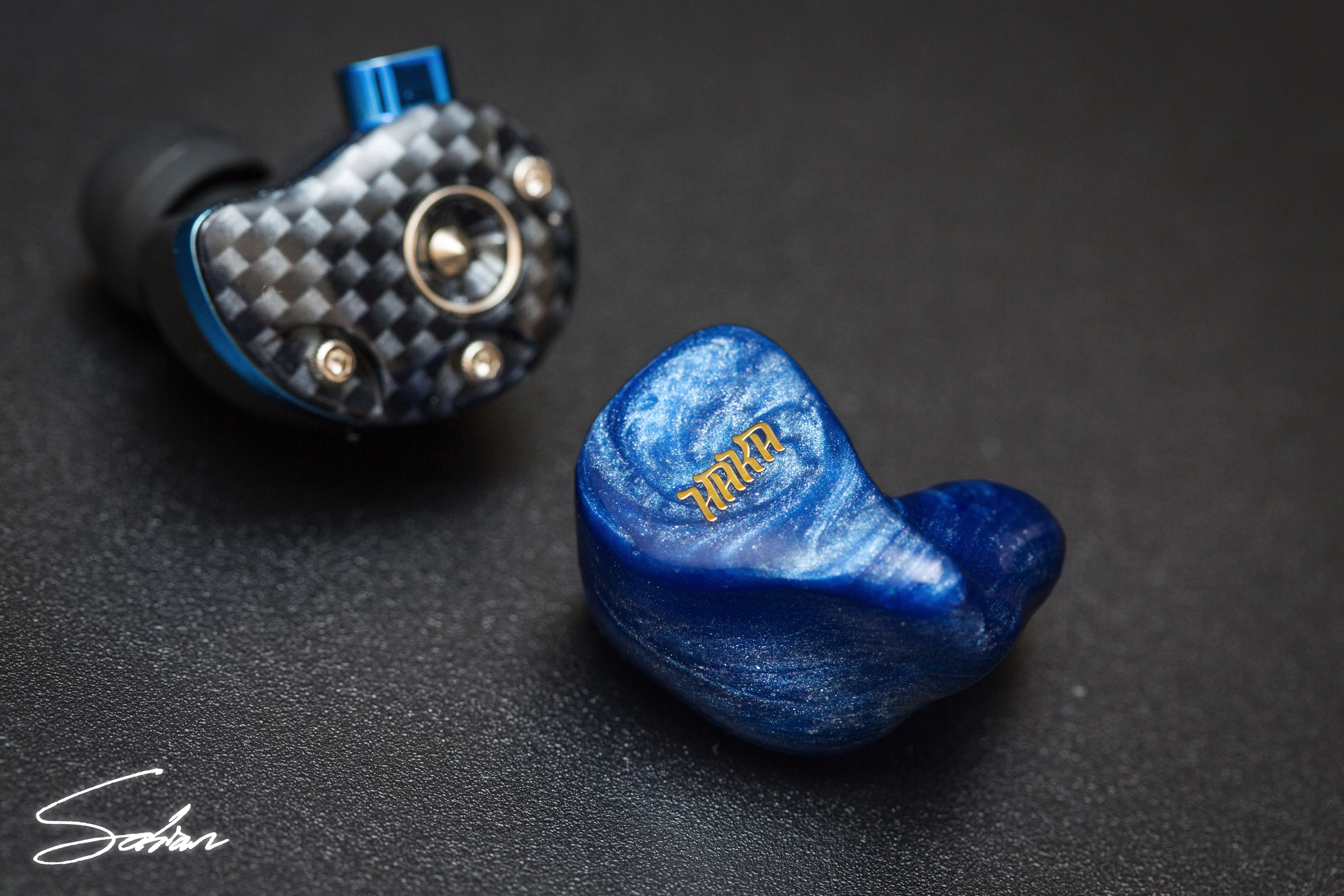
This difference in exuberance also comes from the U4’s 5-6kHz peak. Treble notes are brighter and more rounded, while the Haka’s are wispier, softer and more feathered. This means the Haka is the more forgiving piece, while the U4 accepts being a little rough-around-the-edges in order to achieve its energy. Spatially, the Haka will sound airier due to its tighter, more compact notes. The U4’s larger images fill up the image more, but it does compensate with a sufficiently vast stage and a stable background. Imaging-wise, the Haka is slightly more coherent because of its single-armature configuration.
Nocturnal Audio Avalon (S$629)
Compared to the U4, the Avalon is a much crisper-sounding in-ear monitor with leaner instruments and a brighter sense of attack. Tonally, its transients are on the brighter side. Although this bolsters its detail retrieval and helps highlight the smaller nuances, it can get fatiguing over time. Its dynamic range may begin to falter in extended listening sessions. The U4’s warmer, thicker, more pillowy timbre will come across less revealing, but it is much more forgiving and easy on the ear. So, the Avalon is ideal if you’re after raw, clinical detail, while the U4 is if you’re after warmth, smoothness and bass.

Verdict
The U4 is a refreshingly unique entry in the sub-$1000 category; one that neither shies away from a gluttonous low-end response, nor allows it to overshadow a vibrantly clear upper-midrange. Its decidedly L-shaped colouration won’t appeal to everyone. But, the riveting accents Stealth Sonics have sprinkled in through their proprietary technologies ultimately make the U4 a more compelling buy than its similarly-coloured competitors. Take into account the excellent build quality and accessories you get for the money, and that value only continues to propel. The Stealth Sonics U4 is an admirable execution of warm, forgiving and bass-y, enthusiasts of which will be hard-pressed to find a better alternative for at $500.

Stealth Sonics is a Singaporean in-ear manufacturer that’s been gaining more and more attention the past couple years. Although they probably aren’t the first names you’d think of when you think Singapore, they have been garnering tons of positive responses through artist endorsements, region-wide loaner programs and appearances at CanJam, where I first encountered their brand. Today, I’ll be reviewing their 4-driver universal U4, as well as taking you behind Stealth Sonics’ myriad of in-house technologies that’ve made their monitors as pleasing, musical and technically-proficient as they are.

Stealth Sonics U4
- Driver count: Four balanced-armature drivers
- Impedance: 13Ω @ 1kHz
- Sensitivity: 114dB @ 1mW
- Key feature(s) (if any): IsoStealth, SonicFlo, Stealth Damping, Stealth Kompozit, Klarity Valve
- Available form factor(s): Custom and universal acrylic IEMs
- Price: $499
- Website: www.stealthsonics.com
Build and Accessories
Stealth Sonics’ packaging is impressively mature; resembling something a seasoned veteran of the trade would put out. The outer sleeve is covered all-round with hi-res images. I’m particularly impressed by the glossy accents they’ve dotted throughout the matte artwork, which wonderfully accents text, as well as sections of photos like the faceplates. It really adds three-dimensionality and dynamism, which tend to be underrated in packaging and presentation. Underneath the sleeve is the main box, which is lined with a gorgeous, silken carbon fibre and the Stealth Sonics logo embossed on top.

Unfolding the box via a magnetic latch, you’re greeted by the in-ear monitors and a carrying case – neatly organised and recessed within foam cut-outs – as well as a Thank You card in a pocket to the side. Next to the in-ears, you have an extra pair of blue, chrome-finished faceplates that you can swap the default ones out for to achieve a different aesthetic. The included zipper case is lined with faux leather; robust, but very light. This makes it more ideal for on-the-go use than the heavier, metallic-infused cases I’ve experienced in the past. And, its size allows it to house at least two pairs of IEMs too.

Inside the case are the included accessories. In total, you get 7 pairs of tips, which include silicone tips, foam tips and bi-flange tips. You also get airline and 1/4″ adapters. In addition to that is an extra cable with an in-line microphone for use with mobile devices. And finally, you also get a microfibre cloth and a smaller soft pouch for light storage of the in-ears. Now this is what I call an accessories package! I absolutely admire Stealth Sonics for going all out here, while others’d typically consider it an afterthought. The competition should take notes, because they’ve knocked it out of the park.

The in-ears themselves are very robustly built. Between the almost-rubber-like shell, the blue inlay and the faceplate, the layers are seamlessly flush with zero wiggle, sharp edges or adhesive traces. Stealth Kompozit makes the shells softer to the touch, which’ll make it more resistant from bumps or scratches. It also congeals to the ear quicker than acrylic does. The U4’s striking, sci-fi aesthetic may not be for everyone. Personally, I think it’s unique in a very good way. Again, if you wish to, you can always swap out the carbon-fibre faceplates for the chrome-finished blue ones with the included tool.

The earpieces sit comfortably and securely in my ears. The smooth, rounded shape allows the U4 to distribute pressure very equally throughout the ear. But, it’s worth keeping in mind that these are rather shallow-fitting in-ears. If you tend to find it difficult to achieve a seal with shallower in-ears, you may have to resort to using the bi-flange tips. But, all in all, Stealth Sonics have excelled when it comes to presentation, accessories and build. Even at this price tier, they’ve packed in a plethora of goodies with stunning attention-to-detail, and I’d love to see nothing more than for others to follow suit.
Stealth Sonics’ Wealth of Tech
On their website and marketing, Stealth Sonics feature a staggering amount of proprietary technologies, which include innovations toward acoustic design and shell durability. Stealth Sonics generously gave me the opportunity to speak to their head engineer about what all this tech was, and how they contributed towards the U4’s. Here’s what he had to say:
IsoStealth

"Isolation is basically the key thing in sound, especially in lower frequencies. So, if you don’t have isolation, you lose that. You don’t get to enjoy all the lower-end of the spectrum.
So, what we did was, we took an average of people’s ear impressions. This was possible thanks to our sister company, My Ears, who’ve been taking impressions for a very long time. We used those statistics and data to find one standard deviation – which is roughly 67% of the population – and have our product’s size and shape adhere to that.
We especially focused on the outer pinna; the part where the IEM actually goes into the ear and sits on the lobe. We wanted it sealed as much as possible. The data (demographic) that we had were mostly Western with a little bit of Asia as well. So, we designed the shell according to that. The whole idea behind it is if we were able to seal the pinna as much as possible, we would be able to achieve incremental isolation of 10dB, and that’s a lot."
SonicFlo

"While IsoStealth takes care of the lower frequencies in terms of isolation, SonicFlo takes care of the higher frequencies. As we all know, the drivers in IEMs pump out sound through tubes. These tubes carry that energy into your eardrums and that turns into sound.
But, if you pump that energy through your average, circular tubes, you don’t get to hear the higher harmonics. Why? It’s because of principles called resonance and cancellation. For example, whenever a sound engineer goes to a concert hall, they try to make sure no surface reflects equally. Because, if they do, one of two things will happen: Resonance or cancellation. You’ll lose out on some of that sound energy.
So, that’s precisely the idea behind SonicFlo. We use asymmetrical sound tubes to pump the air or sound through. Because there’s a lack of reflection now, the higher harmonics – the hi-hats, triangles – don’t get muddied out and disappear, so you do get that feeling of, “Wow, I’m hearing everything.” This will not affect the low frequencies, because the amplitude isn’t big enough. So, the lows won’t be affected by these asymmetrical tubes."
Klarity Valve

"The Klarity Valve promises to ease discomfort. How? In our ear, pressure is balanced via our outer ear and the Eustachian tube. Every once in a while, your body will equalise that pressure. Now, when you have an IEM or an earbud in your ear, the drivers are pumping air into your ear, which builds up pressure over time. What the Klarity Valve does is it allows that pressure to escape through the IEM. If there’s ever too much pressure in the ear and it pushes back against the nozzle, the Klarity Valve will release it. So, it eases discomfort and reduces ear fatigue.
Now, let’s talk about why you need a large nozzle. Air, like water, is a fluid. Imagine a gardening hose. If you reduce the cross-sectional area of the gardening hose and you maintain the same amount of pressure pushing the water out, the velocity of the water shooting out of the hose will increase. Suddenly, the water has more power and impact, and it carries enough energy to even be considered damaging. So, even though the material conveyed is the same, the speed of the fluid is different. This is Bernoulli’s theorem.
The same applies to IEMs. If I were to listen to something via a smaller nozzle and a bigger nozzle, the information will still be the same; you’ll still hear the sound. However, the smaller nozzle will deliver it at a higher velocity for the same given amount of drivers and air being displaced. So, it impacts your eardrum at a much higher velocity than the larger nozzle. Because we don’t want the sound to impact the eardrum in a damaging way, we’ve made the nozzle of the U2, the U4 and the U9 quite pronounced compared to the other brands. It’s almost three times the size."
Stealth Damping

"Stealth Damping allows us to give you crispier bass. How does that happen? On the faceplate of the universal, you’ll see something that looks like a turbine with a brass tip. Now, really, it’s only the weight of that thing that’s important; the turbine is just for design.
What it does is this: Think of a bass signal on an oscilloscope; let’s say the drummer hits the bass drum. What you’ll see is a spike, then you’ll have a trail; a decay trail. Now, assume that decay doesn’t decay as quickly as you want. What happens is that trail will build, and it’ll accumulate into what we call boominess. Because of that, you begin to lose all the other frequencies; the boominess masks them and takes over.
So, by adding a weight – that we’ve specifically measured (with a bit of tolerance) – to the IEM, the weight is allowed to absorb only the low-frequency sounds. It’s mechanical in nature. This allows the bass response to decay very quickly. When that happens, you hear a more crisp, clear bass, which also allows you to push it even further without diluting the other frequencies at the same time."
Stealth Kompozit

"If you look at our shell and feel the material that makes contact with the ear, you’ll find a rather strange material that isn’t used in the market really. It’s soft, yet resilient; solid. This is a nanocoat that we’ve employed from the audiology industry. The audiology industry had developed this for older people, because they have to wear their hearing aids for a very long time; 8 to 10 hours. So, comfort was very important, and we brought this over to our IEMs.
That comes default with our universals. For our customs, we give options. We can finish them in a variety of materials. For example, we can finish the customs in medical-grade silicone, which is softer. We can also finish them in acrylic. We can finish them in plastic too. So, there’s no standard when it comes to customs. It’s all up to the user’s requests."
Presentation
The U4 is thick, pillowy and L-shaped; emphasised on the low frequencies. However, this emphasis spans even higher up the range; short of the low-mids. So, what it contributes are strongly full-bodied instruments, as well as a rich, warm and syrupy timbre. That richness is undercut slightly by the sparkle of the top-end, even if the general treble region has been kept relatively laid-back. The mids have a great linearity, bridging the lows and highs seamlessly. Despite being neutrally positioned, the high-mids shine through all that warmth, giving vocals authority; toe-to-toe with that big-sounding bass.

Bass
The U4’s star player, its low frequencies are full-bodied, rich and energetic. Though, unlike most other L-shaped sigs, the bass here is more melodic and silky in timbre; emphasising the sound and presence of a bass note, rather than focusing all its energy into impact. The result is a bass that’s very musical and listenable too. It doesn’t steal the spotlight from the lead instrument by rattling the listener’s skull with mounds of sub-bass. Rather, it complements those mids to form rich, warm and well-rounded instruments. Finally, the region sports excellent extension, coherence and linearity, so it never ever rolls off whenever it alternates between mid-bass hits, sub-bass rumbles and upper-bass melodies, and vice versa.
Given these technical achievements, the U4’s low-end is quite resolving as well. Layering perhaps isn’t as taut as it could possibly be given how much body they’ve given the lows and given the more laid-back nature of the top-end. However, Stealth Sonics have certainly given the bass more authority than I would’ve expected – allowing it to have a nice balance between presence and control – most likely by virtue of their proprietary technologies. The tone of the bass is delectably warm and smooth, making it – again – more ideal for easy listening than analysis and taking apart. Instruments like bass guitars and kick drums bloom and intermingle, for example. So, if that’s the timbre you’re looking for, the U4 will deliver.
Midrange
Past the low-end lift, the U4 dips throughout the lower-mids. What this does is add headroom, clarity and definition to instruments so they don’t become too full or too harmonic. That role is already performed by the bass, so the low-mids take a step back. As a result, instruments are clear-sounding, clean and refined with just the right amount of wetness to sound natural, without becoming congested or mushy. There’s then a steady lift towards 2-3kHz to ensure vocals have the presence and authority required to stand out from the lows. This is capped off with wonderfully clear upper-mids.

The 4-5kHz range is my favourite bit of the U4’s tuning. A lift there gives vocals this vibrant, glowing quality that allows them to strongly pop as the commanding lead instrument. The best part is that the lift sounds effortless and perfectly in line with the rest of the U4’s signature. It’s not a lift that attempts to forcefully pull the upper-mids forward and away from the lows and highs. Rather, that clarity blends seamlessly with the rest of the ensemble and completes those full-bodied notes with a zingy, vibrant glow; like a squeeze of lemon juice in a rich, hearty stew. Tori Kelly’s First Heartbreak is as resonant as ever on the U4. Pair that with doses of air, and you have well-rounded, organic, effortlessly clear mids.
Treble
That 5kHz lift seems to have bled over a tiny bit into 6kHz, as the U4’s low-treble can have a touch of brightness to it at times. It’s largely track-dependant. For example, it’s non-existent on Tori Kelly’s First Heartbreak, but then it rears its head through the guitars on the very next track: I Was Made For Loving You. And, it’s rife on Nick Jonas and the Administration’s brightly-mastered and energetic State of Emergency. So, it’s a bit of a hue that may or may not appear, but in any case, it shouldn’t be of any concern, since it never crosses over towards brittle or sibilant territory; just a bit of colouration is all.
In order to ensure smoothness, the U4 dips its middle-treble moderately. With cymbals and hi-hats, there’s a very slight smoothening or feathering effect that comes from a 7-8kHz dip. This is ideal if you like your percussion a touch gentler-sounding, though it may not be ideal if ultra-clarity is what you’re looking for. Nevertheless, enough energy is injected in to the upper-treble for a clear and resolving response. The U4 is not mushy or muddy in any way, which I continue to be impressed by given its tonal balance of choice. And, wonderful treble extension allows those transients to come through against a black, stable background with admirable spatial qualities, commendable stereo spread and well-paced decay.
General Recommendations
The U4’s L-shaped signature makes it ideal for those who enjoy smoother, thicker-sounding in-ear monitors. Its bass is a specific highlight; for better or worse. Shown below are the U4’s strongest traits, so see whether or not it’s ideal for you:

A smooth, warm and forgiving signature: The U4’s risen low-end gives it a rich, pillowy signature that softens and fattens instruments. At the same time, its top-end is kept smooth and forgiving, whilst being decently extended as well. So, if you’re sensitive to top-end glare and you’re looking for a sub-$1000 in-ear to fit the bill, the U4 is a very likely candidate.
Full-bodied, rich and bountiful lows: If you enjoy a warm, full-sounding bass and you prefer your lows more melodic than skull-rattling or punchy, the U4’s bass response will please. It possesses a linear lift up until the low-mids, which gives its bass a sing-song-y quality, rather than a rumbly one. If this is your ideal sort of presentation, the U4 is a desirable option.
Upper-mids that are both clear and well-founded: Despite the U4’s low-end emphasis, a cleverly tuned upper-midrange and low-treble gives higher-pitched vocals a vibrant, crystalline quality. Female vocals sing with sweetness and shimmer, which is rare in these sorts of signatures. This is ideal if you want both rich, hefty lows and radiant, airy instruments.

Obviously, the U4’s tilted signature will be less appealing to those who prefer the opposite. This certainly isn’t a bright or sparkly-sounding IEM. If the attributes below are ones you prioritise most, the U4 may not be the ideal monitor for you:
A crisp, clean, treble-emphasised presentation: The U4’s emphasis on fullness and harmonic richness naturally prevents it from sounding compact, tight and ultra-fast. It’s a mellower, more pillowy in-ear more ideal for big picture listening than analysis of the minutia. So, if you’re a critical listener yearning for utmost detail, the U4 isn’t the ideal monitor for you.
Vastness, expansion and clinical separation: Again, the U4’s thicker, richer instruments take up quite a bit of space. While this makes it easy to get immersed in the U4’s euphonic presentation, it’s not ideal if your preference is large amounts of space and tighter notes. If you want a spacious, atmospheric presentation, there are more suitable options out there.
A lean or neutral low-end: At this point in the review, it’s become awfully clear that the U4’s bass is quite strongly shaped. It’s a plentiful bass won’t hesitate to make its presence known. Again, it’s a well-executed colouration that plays well with the rest of the frequency response. Nevertheless, it still isn’t for those who prefer neutral, thinner or brighter tunings.
Select Comparisons
Jomo Audio Haka (S$599)
The Haka and U4 strike similar tonal balances – a soft neutral with a lightly warm hue. But, the latter has the bolder low-end. The U4’s bass presence is fuller, gutsier and more prominent, while the Haka’s sits back for a cleaner, more relaxed profile. In terms of sub-bass extension and content, however, the Haka does deliver, so it’s no less fun when listening to genres like EDM or modern pop. The U4’s more excited mid-bass increases its musicality, while the Haka is more linear. Along with similarly laid-back upper-mids, the Haka has greater depth, while the U4 is more engaging and in-your-face.

This difference in exuberance also comes from the U4’s 5-6kHz peak. Treble notes are brighter and more rounded, while the Haka’s are wispier, softer and more feathered. This means the Haka is the more forgiving piece, while the U4 accepts being a little rough-around-the-edges in order to achieve its energy. Spatially, the Haka will sound airier due to its tighter, more compact notes. The U4’s larger images fill up the image more, but it does compensate with a sufficiently vast stage and a stable background. Imaging-wise, the Haka is slightly more coherent because of its single-armature configuration.
Nocturnal Audio Avalon (S$629)
Compared to the U4, the Avalon is a much crisper-sounding in-ear monitor with leaner instruments and a brighter sense of attack. Tonally, its transients are on the brighter side. Although this bolsters its detail retrieval and helps highlight the smaller nuances, it can get fatiguing over time. Its dynamic range may begin to falter in extended listening sessions. The U4’s warmer, thicker, more pillowy timbre will come across less revealing, but it is much more forgiving and easy on the ear. So, the Avalon is ideal if you’re after raw, clinical detail, while the U4 is if you’re after warmth, smoothness and bass.

Verdict
The U4 is a refreshingly unique entry in the sub-$1000 category; one that neither shies away from a gluttonous low-end response, nor allows it to overshadow a vibrantly clear upper-midrange. Its decidedly L-shaped colouration won’t appeal to everyone. But, the riveting accents Stealth Sonics have sprinkled in through their proprietary technologies ultimately make the U4 a more compelling buy than its similarly-coloured competitors. Take into account the excellent build quality and accessories you get for the money, and that value only continues to propel. The Stealth Sonics U4 is an admirable execution of warm, forgiving and bass-y, enthusiasts of which will be hard-pressed to find a better alternative for at $500.




















